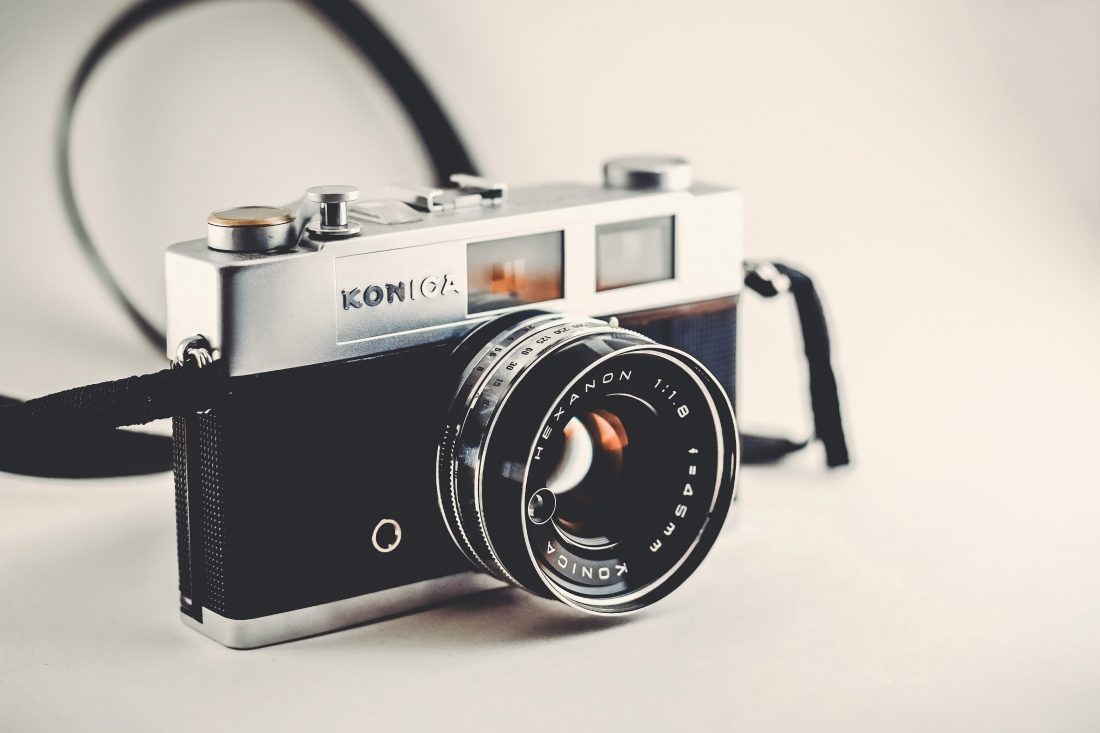
Sony Mavica FD-81 Digital Camera: Capturing Moments in the Digital Age
Introduced in 1997, the Sony Mavica FD-81 digital camera revolutionized the photography industry by combining the convenience of digital technology with the familiarity of traditional film cameras. This innovative device allowed users to capture high-quality digital images onto floppy disks, making it a game-changer for both professional photographers and hobbyists.
What is the Sony Mavica FD-81 Digital Camera?
The Sony Mavica FD-81 was a digital camera that utilized a floppy disk to store images. It featured a 0.3-megapixel CCD sensor, which, although basic by today’s standards, was a significant technological advancement at the time. The camera had a built-in lens and a 10x optical zoom, allowing users to capture a wide range of subjects with ease.
One of the standout features of the Mavica FD-81 was its ability to record images directly onto a standard 3.5-inch floppy disk. This eliminated the need for expensive memory cards and allowed users to instantly view their images on any computer with a floppy disk drive. The camera also had a built-in 2.5-inch color LCD screen, providing a preview of the images before and after capture.
Release Date and Price
The Sony Mavica FD-81 was released in 1997, marking a significant milestone in the digital camera industry. At the time of its launch, it had a retail price of around $800, which was considered quite expensive compared to traditional film cameras. However, the convenience and versatility of digital photography quickly made it a popular choice among photography enthusiasts.
With the Mavica FD-81, Sony set the stage for the future of digital photography. Its innovative features and accessible storage method paved the way for subsequent advancements in digital camera technology, shaping the landscape of modern photography as we know it today.
Overall, the Sony Mavica FD-81 Digital Camera was a groundbreaking piece of equipment that bridged the gap between traditional film and digital photography. Its ability to capture and store images on floppy disks not only revolutionized the way we take pictures but also laid the foundation for the widespread adoption of digital cameras in the years to come.
